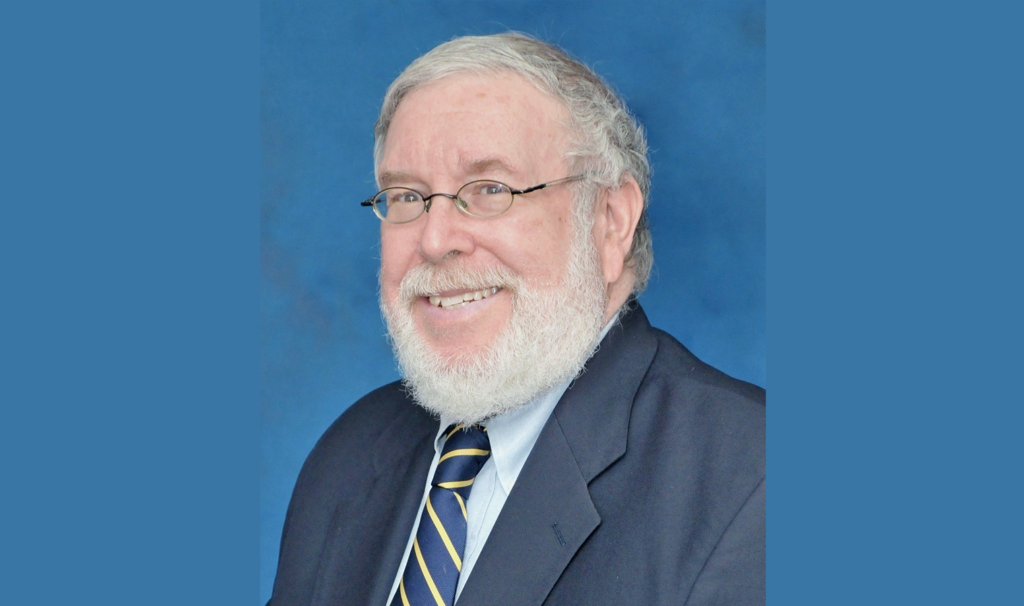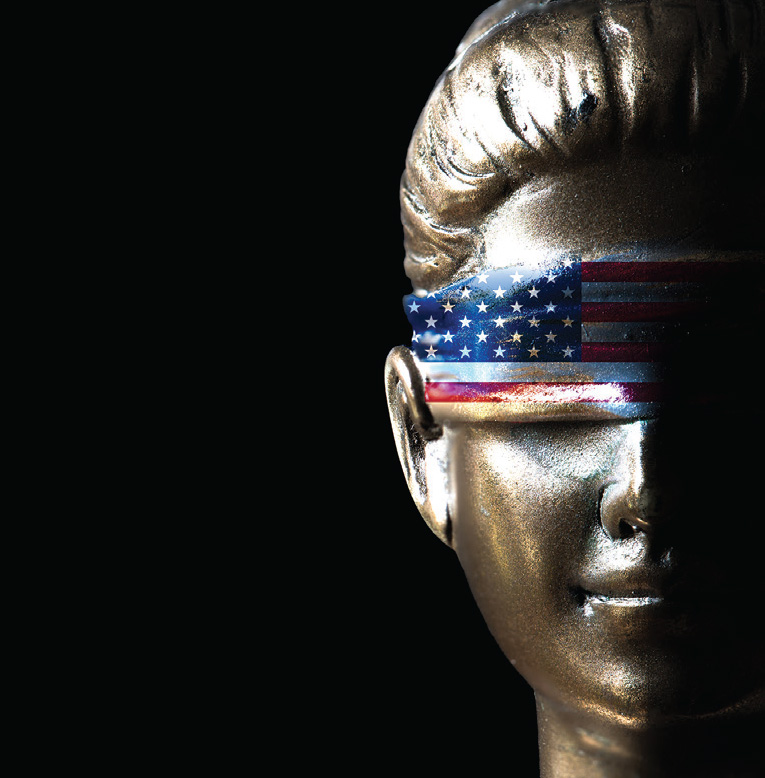
“Lawyers have to make a living, and can only do so by inducing people to believe that a straight line is crooked.” —Alfred Nobel
The United States possesses about 4% of the world’s human population, but contains 50% of the world’s lawyers.
That must mean a whole lot of straight lines are imagined, every day, as being crooked!
Should we make the practice of shape-bending even easier when it comes to medical malpractice? There’s a very dangerous precedent out there in legal-land, one you may have heard about peripherally but not, perhaps, thought much about. Yet, it might affect you—now or later—more easily than you imagine. Although this has been covered once in the dermatology context, largely from the lawyer’s perspective (Dermatology World, December 2020), my goal is to remind and warn you about the issue, and to reflect upon it as a practicing clinician.
Last week, I received an email from someone living in another state relating his frustration with recurrent furunculosis. “I know you’re thought of as somewhat of an expert on skin infections,” he pleadingly wrote. “ Could you help me? Attached is a detailed summary of my history and medical care.” Or take the phone call I got the day before I sat down to write this very editorial. My scheduler sent me a note that Dr. X, who I do not know, wanted
me to call her back as soon as possible to discuss the care of Mr. Y, a gentleman who was not and had never been my patient. A while back, I might have sent the first person a copy of my detailed regimen to deal with recurrent
MRSA boils, and I most certainly would have called back that family-medicine colleague and offered my advice over the phone. I took neither of these actions. It’s not that I’m heartless or uncaring. The reason? The Warren v Dinter decision handed down by the Minnesota Supreme Court in April 2019.
In brief, the patient (Susan Warren) visited a nurse practitioner at Essentia Health Clinic in Hibbing, Minnesota. Due to a constellation of symptoms and abnormal lab values, the nurse practitioner contacted a physician at the
nearby Fairview Hospital asking for the patient to be admitted. The clinic and the hospital belong to different healthcare systems, and this protocol was well established. The hospitalist, Dr. Richard Dinter, declined admission and gave some general advice to the nurse practitioner, who followed this advice. The patient died shortly thereafter of undiagnosed, and therefore untreated, staphylococcal sepsis. It should be duly noted that the physician in question never talked to the patient, never examined the patient, never reviewed the
patient’s record, did not directly participate in the ongoing care plan, and did not bill for a formal consultation.
In most states, a curbside
consultation does not currently
create a malpractice liability.
The patient’s estate initiated a malpractice lawsuit against Dr. Dinter, whose primary defense was that no doctor-patient relationship existed between himself and the deceased, and therefore, the first requirement for establishment of malpractice did not exist. While the lower trial, district, and appellate courts agreed with this traditional viewpoint, ultimately the Minnesota Supreme Court reversed this decision. The Minnesota Supreme Court held that the existence of a treatment relationship was not a necessary element of a claim of medical malpractice. Alternatively, the higher court opined that physicians owe a duty of care when it is “reasonably foreseeable” that a patient might be harmed by a breach in the standard of care.
That is, negligent (improper) advice, even if given informally, subjects the clinician to the possibility of a claim of malpractice. In most states, clinicians cannot be sued for malpractice unless they have a treatment
relationship. In other words, an informal (“curbside”) consultation does not currently create a malpractice liability. However, Minnesota now joins a handful of other states that adhere to the “foreseeability” doctrine.
While it is true that the actual decision handed down by the Minnesota Supreme Court was
expressly limited in scope (to hospitalists making admission decisions), it would be naïve not to expect that lawyers won’t continue to test the limits of this decision in order to stretch the malpractice scope, thereby establishing new precedent in an ever-increasing number of states. In fact, the AMA Litigation Center already has noted an increase in physicians being sued by patients whom they have never treated.
Aside from adverse medico-legal effects, what other ramifications might ensue from this “foreseeability” doctrine and viewpoint? Theoretical expansion of malpractice liability has the real potential to curtail provider collaboration and informal consultation. There is no doubt in my mind that “curbside,” “sidewalk,” “elevator,” or “hallway” consultations are valuable means of sharing information and expertise in a manner that generally benefits
patients. But, if such activity places practitioners at a heretofore unthinkable risk of malpractice lawsuits, that may result in a chilling diminution of such action. Furthermore, the Minnesota ruling will likely drive up the cost of medical malpractice insurance, certainly in that state; the cost increase will ultimately be passed on to patients, insurance carriers, and the medical system as a whole.
Back to my—and potentially your—individual situation. As an academic dermatologist, I receive, on average, 2 to 3 requests a week for advice or assistance. Those requests arrive by phone, text message, email, or the electronic
medical record. Traditionally, I would be more than happy to willingly contribute my thoughts, as requested. Now, I seriously and carefully consider each request and assess my theoretical risk of malpractice liability as if
Texas adhered to the “foreseeability” doctrine. After all, I could be the precedent-setting index case! What if I give sound advice, but my counsel is based on faulty/flawed information given to me, a situation most commonly encountered when the requester is not a board-certified dermatologist? What do you do when asked for off-the-cuff advice by another professional? Or a neighbor, friend, or relative? Demand a formal consultation, including the patient’s chart and access to high-quality photographs or—even better—the patient in person? Or would you still be willing to offer your opinion informally, secure in the knowledge that you can’t be held liable from a medico-legal
standpoint? Thanks to the Minnesota Supreme Court, you can no longer be secure in this assumption. You have been warned!
This is Ted’s take. What’s yours? ted.rosen@thedermdigest.com


